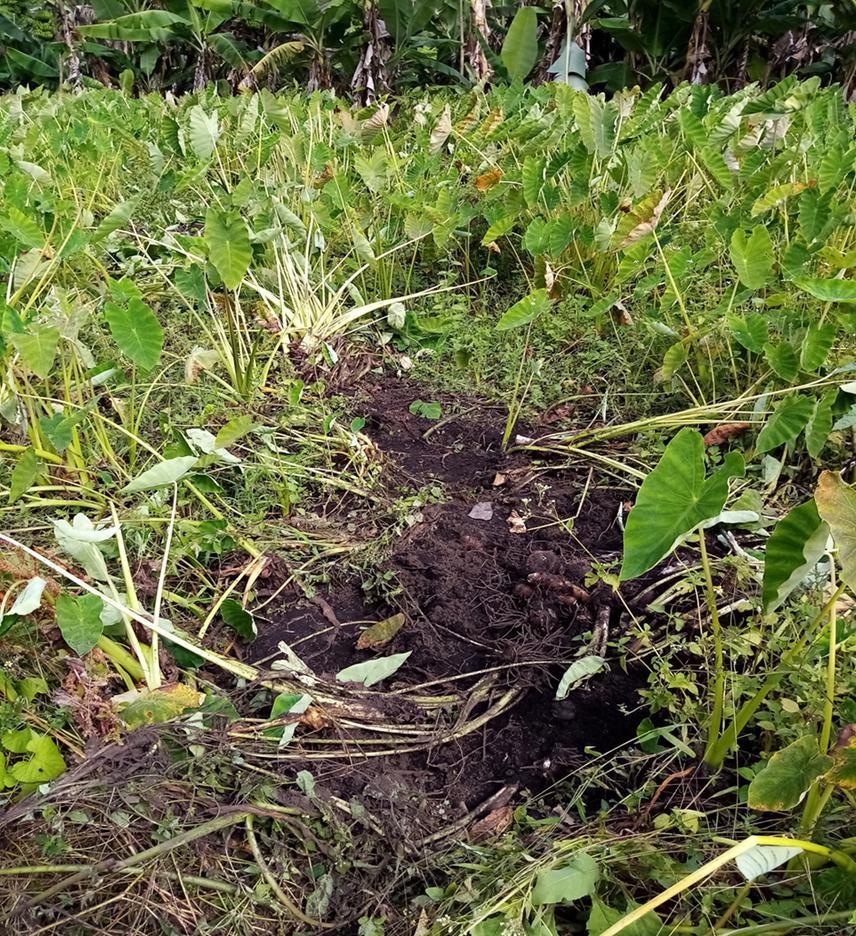Adane Tsegaye
Other projects
26 Jan 2023
Ensuring Sustainable Co-Existence Between Local Communities and Elephants Around Chebra Curchura National Park, Ethiopia
According to (AfESG, 1997; WWF, 1997), human-elephant conflict has been identified as one of the five issues having equal priority that needs attention regarding the African elephant. Negative interaction between human and elephants have become known as human- elephant conflict. In Africa at present only 20 percent of the species range has any form of protection, but conflict occurs at almost any interface. Moreover, the issue is becoming increasingly politicized locally, even if actual incidents are sporadic or limited impact. The population of African elephant in Chebra Churchura National Park is in a state of increase, and there is a huge concern for escalating conflict with the local community. This study aims to determine the level of human elephant conflict and mitigation measures. It also provides an important baseline data for developing conservation management plan to resolve the Elephant-human conflict.

Damage on yam plantations caused by elephants in Chebra village CCNP.
Chebera Churchura National Park Ethiopia is established in 2005, and remains intact possessing nearly a quarter of the country’s total elephant population. The National Park has achieved huge success in conserving elephants, and many other large mammals but at the cost of an alarming increase in human-elephant conflict. During 2018th _ 2019th G.C only, seven people were killed and six were highly injured by elephant, livestock death and crop raid have been growing rapidly. These situations affected human lives and livelihood as well as aggravate negative perceptions among local communities.
Monitoring and attempting to manage human-elephant conflict at this national park become top priority for the park managers and main office of the Ethiopian Wildlife Conservation Authority. Understanding the level of human-elephant conflict, the real estimate of damage/loss elephants incurred to the local community, the level of effectiveness of conflict mitigation measures and identifying effective mitigation technique is then timely. Thus, this study will provide important baseline information for local communities and the Park management and enables them to identify, the actual damage caused by elephants, the level of human-elephant conflict and appropriate and effective human-elephant conflict mitigation measures.
Based on the standard scientific findings of this study, the park management together with the local communities will be able to develop and implement an appropriate conflict mitigation strategies and human-elephant conflict management plan that can help to minimize the conflict, improve the negative perceptions of the local communities towards elephant conservation and the park management, assure sustainable and long term co-existence between the elephants and the local communities around the Park enables proper conservation of the elephant population in Chebra Churchura National Park(CCNP). The result can also be adopted by other protected areas that harbor elephants and help them to mitigate similar problems.